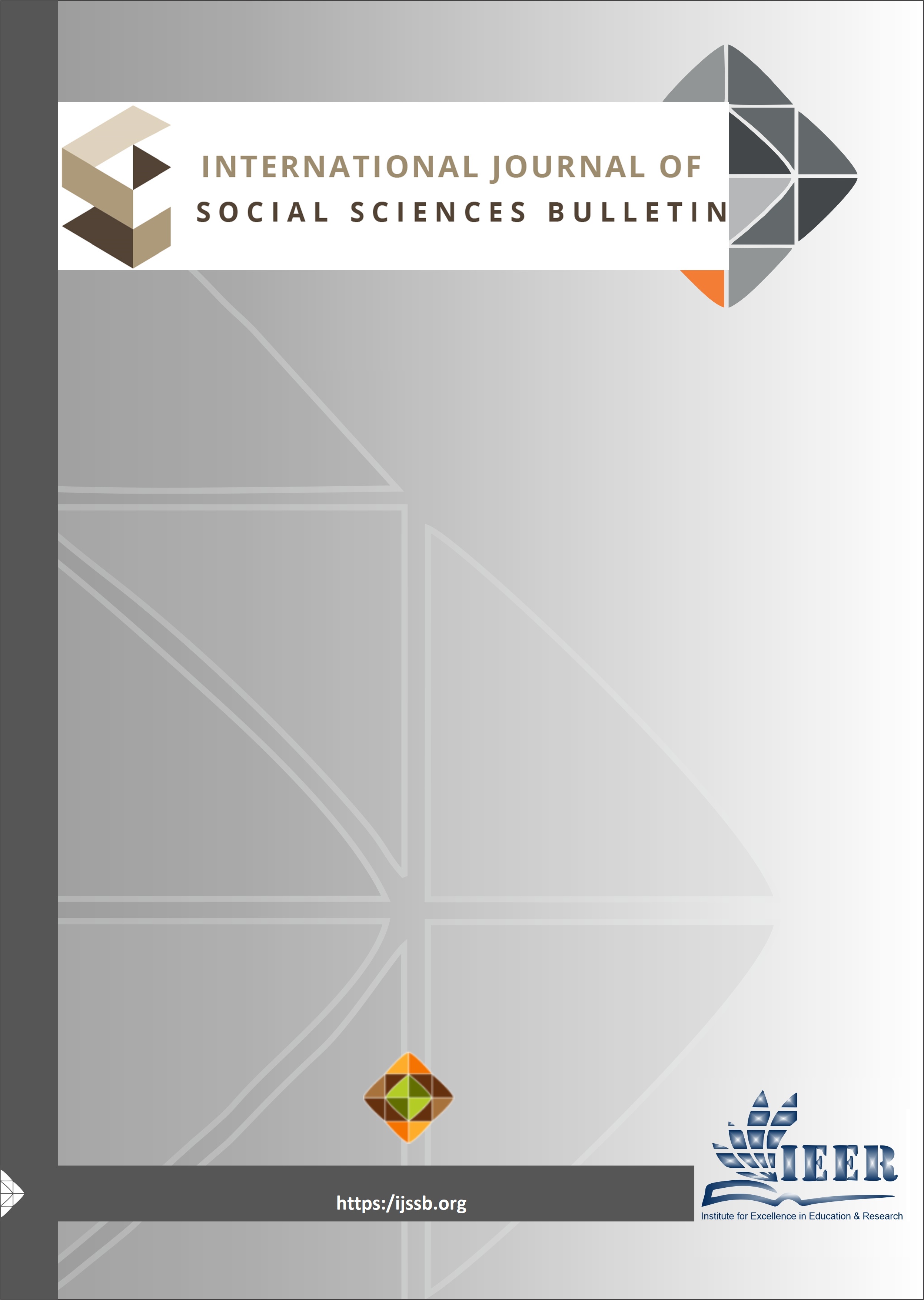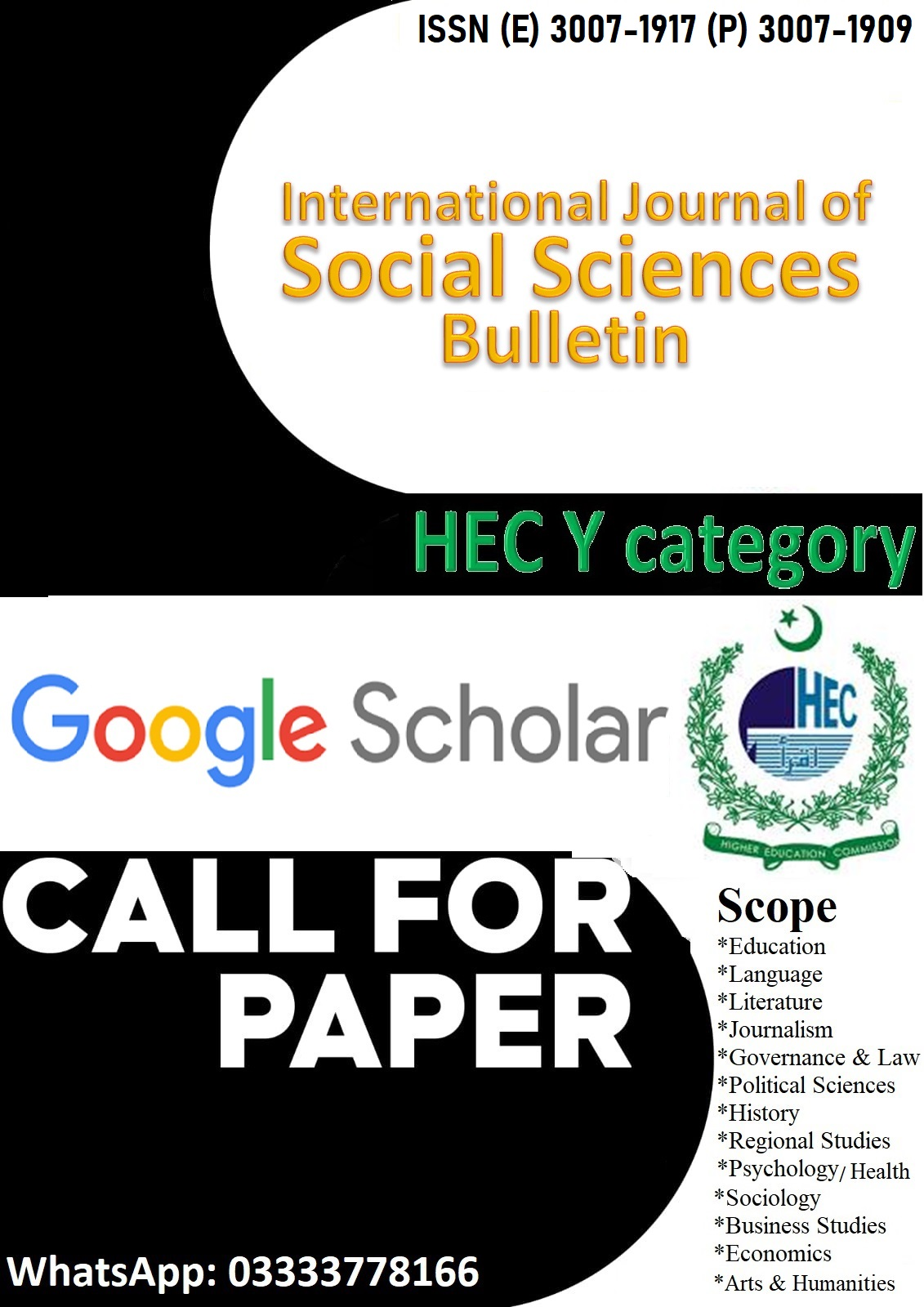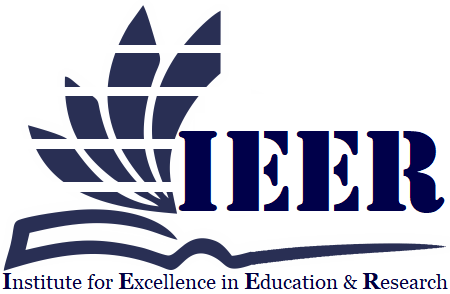CHINA’S RESPONSE TO TRUMP'S RENEWED TRADE WAR: RETALIATION, ADAPTATION, OR COOPERATION?
Keywords:
China, Trump, trade war, retaliation, adaptation, cooperationAbstract
The escalating trade tensions between the United States and China during Donald Trump’s second term have continued to shape global economic dynamics. This paper aims to examine China's multifaceted response to Trump’s renewed trade war, assessing whether Beijing adopted a strategy of retaliation, adaptation, or cooperation. The study investigates the economic, diplomatic, and technological measures China employed to counter US tariffs and sanctions, and the broader geopolitical implications of these actions. To explore this, the research employs a qualitative approach, analyzing primary sources, including official Chinese statements, policy documents, and trade data, alongside secondary sources such as expert opinions, media reports, and scholarly articles. The data analysis technique includes thematic analysis to identify the primary responses from China and their underlying strategies. Initial findings indicate that while China has retaliated with counter-tariffs and diplomatic protests, it has also adapted by diversifying trade partnerships, boosting domestic production, and enhancing its global influence through initiatives like the Belt and Road Initiative. Furthermore, China has engaged in selective cooperation with the US on certain issues, such as climate change and public health. The study recommends that future US administrations consider a more nuanced approach to China, balancing confrontation with areas of potential collaboration. The findings have broader implications for understanding the evolving global trade system and the shifting power dynamics between the US and China. In conclusion, while the trade war continues to shape both nations’ economic trajectories, the future of US-China relations may depend on strategic flexibility and diplomatic engagement, with cooperation remaining a viable but contested avenue.
Downloads
Published
Issue
Section
License

This work is licensed under a Creative Commons Attribution-NonCommercial-NoDerivatives 4.0 International License.

















